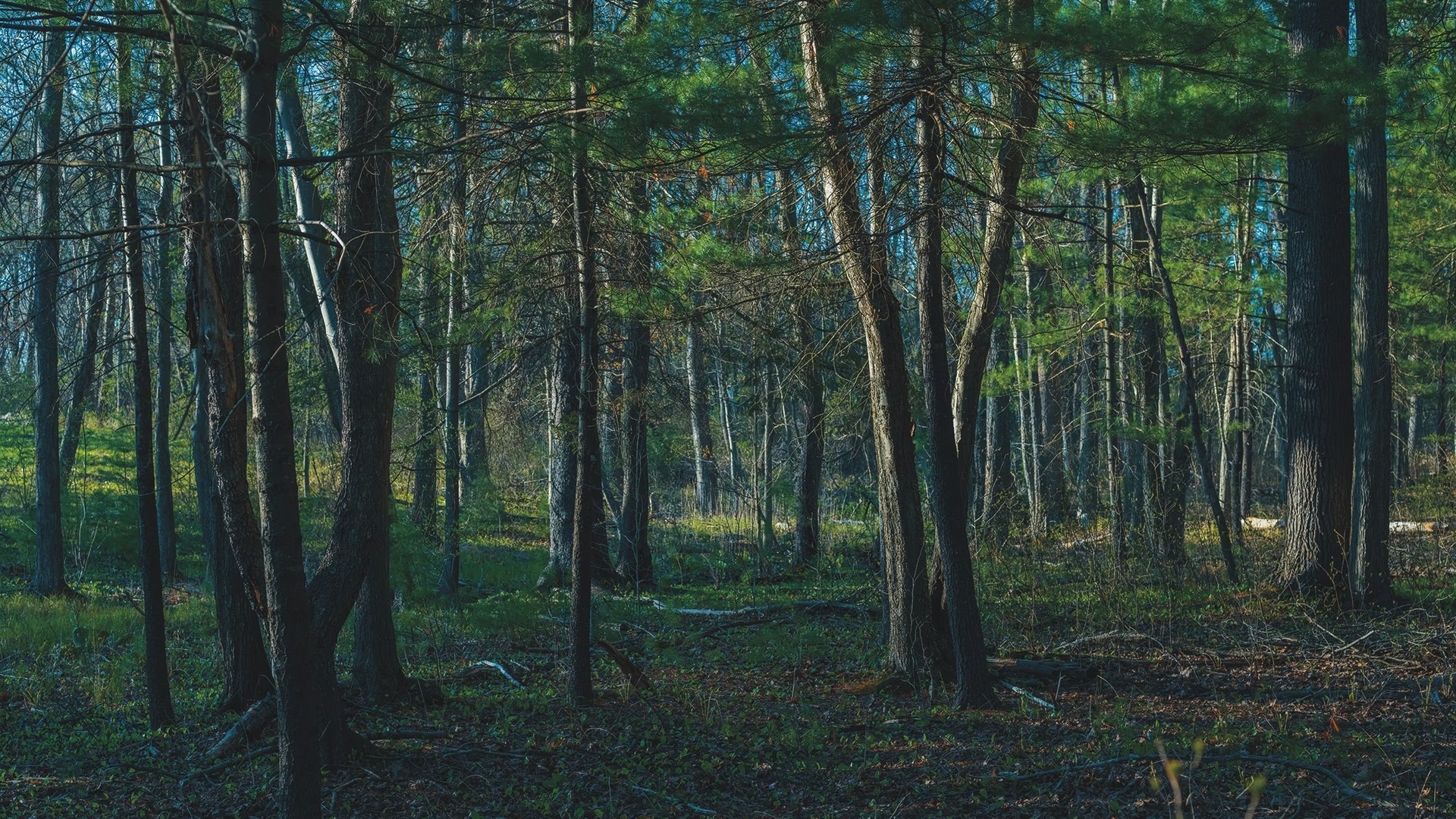
Many Americans are familiar with the opening stanza of the poem “Paul Revere’s Ride” by Henry Wadsworth Longfellow (1860), which celebrates the onset of the American Revolution:
——- Listen, my children, and you shall hear / Of the midnight ride of Paul Revere, /On the eighteenth of April, in Seventy-five; / Hardly a man is now alive / Who remembers that famous day and year.
Less famously, the ninth stanza reads:
——-You know the rest. In the books you have read / How the British Regulars fired and fled, — / How the farmers gave them ball for ball, From behind each fence and farm-yard wall, / Chasing the read-coats down the lane, / Then crossing the fields to emerge again / Under the trees at the turn of the road, / And only pausing to fire and load.
The British were fleeing heavy musket fire along the “Battle Road” leading back toward Boston from Concord’s Old North Bridge, site of “The first forceable resistance to British aggression” in what would later become the United States. Ralph Waldo Emerson called it the “shot heard round the world” in his 1837 poem “Concord Hymn.”
Longfellow’s ninth stanza was the inspiration for my various field studies of the Battle Road between the Old North Bridge in Concord and Lexington Center. My specific interests were stone walls at the Old Manse, the narrow lane at Elm Brook, and the strategic overlook of Bloody Bluff. At Elm Brook I did a field inventory for the National Park Service of the stone walls and bedrock outcrops behind which the Minutemen took cover.
These field studies were the inspiration fo the final passage of an essay by the eminent historian Robert A. Gross and myself in a special issue of The Atlantic (The Unfinished Revolution) that was published online on October 8 and in print in the November edition. “The Battle Road” leading to Concord’s Old North Bridge was “flanked by stonewalls and trees lining he edges fields, at times narrowing to pass over streams or curving sharp to follow landforms. The character of the Concord fight owed much to geology. It helps explain the rout of the redcoats—and the ensuing popular confidence the possibility of a military victory that lay eight years ahead.”
These final sentences account for the essay subtitle: “The Geological Origins of the American Revolution.” Unpacking them, the “character of the Concord fight owed much to the “bedrock geology setting the location of the Old North Bridge and Bloody Bluff, the glacial geology adding details such as the sharp turns in the road and the many erratic boulders used by the Minutemen for cover , and the human Anthropocene geology adding the many stone walls. In Longfellow’s words: them “each fence and farm-yard wall.” The terrane set the stage for the decisive victory by the Minutemen, which gave the colonists the “popular confidence” they needed to create a new nation.